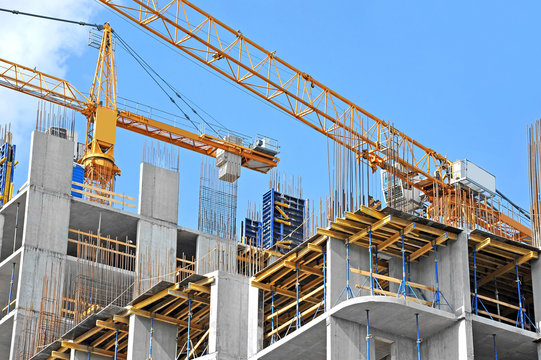
Recent figures showing that UK construction output had hit record figures and a substantial yearly rise of 15%, have been dismissed by industry expert Barbour ABI.
The construction intelligence specialist says the figures show the effects of inflation on construction products, not a leap in productivity.
According to the latest data from the Office for National Statistics (ONS), total UK construction output value reached £204bn in 2022 – the first-time annual construction value has surpassed £200bn.
The ONS figures show a 15% rise from 2021 output values in nominal terms, despite mid-2022 forecasts predicting a value closer to £186bn.
But when Barbour ABI analysed the difference between real and nominal price indices it found that approximately £23bn has been added to the cost of UK construction since 2019, meaning the value would have been closer to £181bn if prices had remained at pre-pandemic levels.
It attributes this increase in output value to inflationary effects driven by post-Covid-19 shortages, the war in Ukraine, and the cost-of-living crisis, leading to energy and material prices rising.
“Price rises were at record levels over summer 2022, with many goods seeing 25% annual inflation,” explains Barbour ABI’s AMA Research Director, Laura Pardoe. “This has now dropped closer to 15%, but some products still hover well above 20% and insulation products have recently jumped to 50%.”
Looking ahead, Barbour ABI Chief Economist Tom Hall believes that the UK economy is will face headwinds that could reduce the viability of many building projects. Increases in base rate to 4%, for example will hit the housing market while lack of growth in the UK economy will lead to cuts in consumer spending.
“Construction product inflation and shortages are expected to ease over the second half of 2023 but will not return to the stability in the 2010’s. Contractors are working on razor-thin margins. All in all, 2023 is likely to be another bumpy year,” he says.
Despite this, Barbour ABI also saw high levels of contract awards agreed throughout 2022, which reached a record high in Q1 2022.
As a result, Barbour ABI predicts high levels of activity in construction during 2023 in the infrastructure, warehousing, and health sectors.









